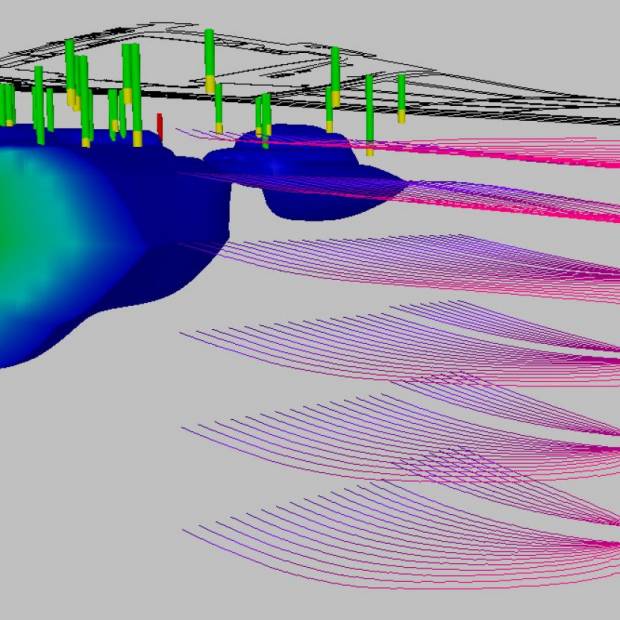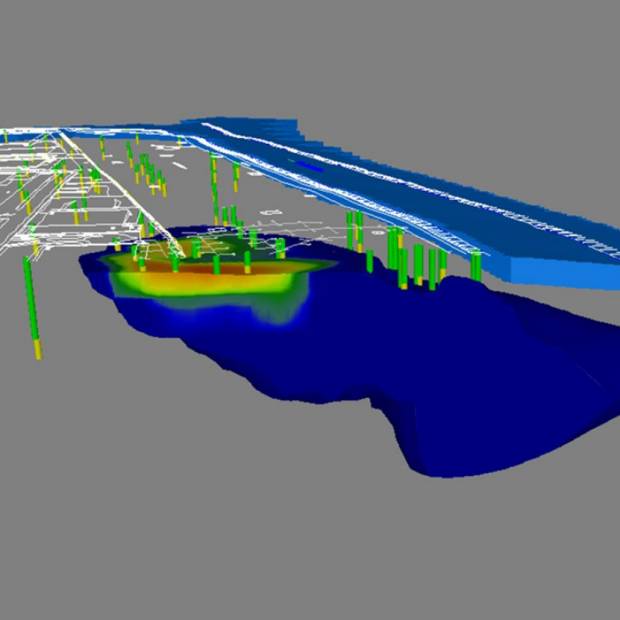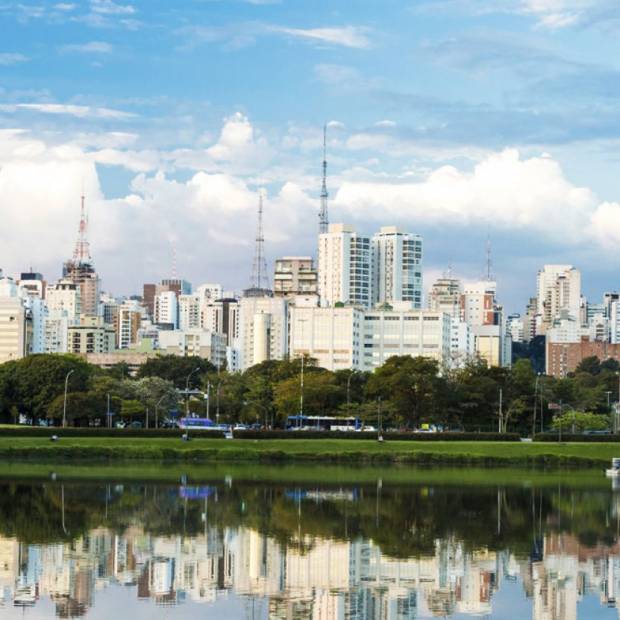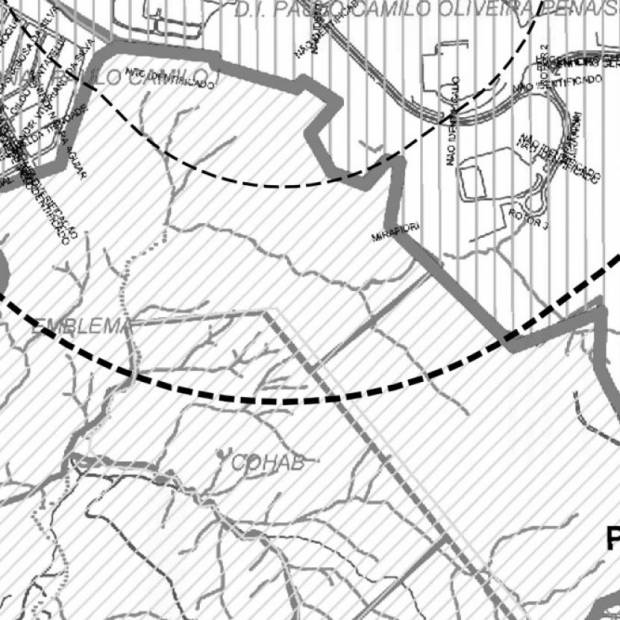
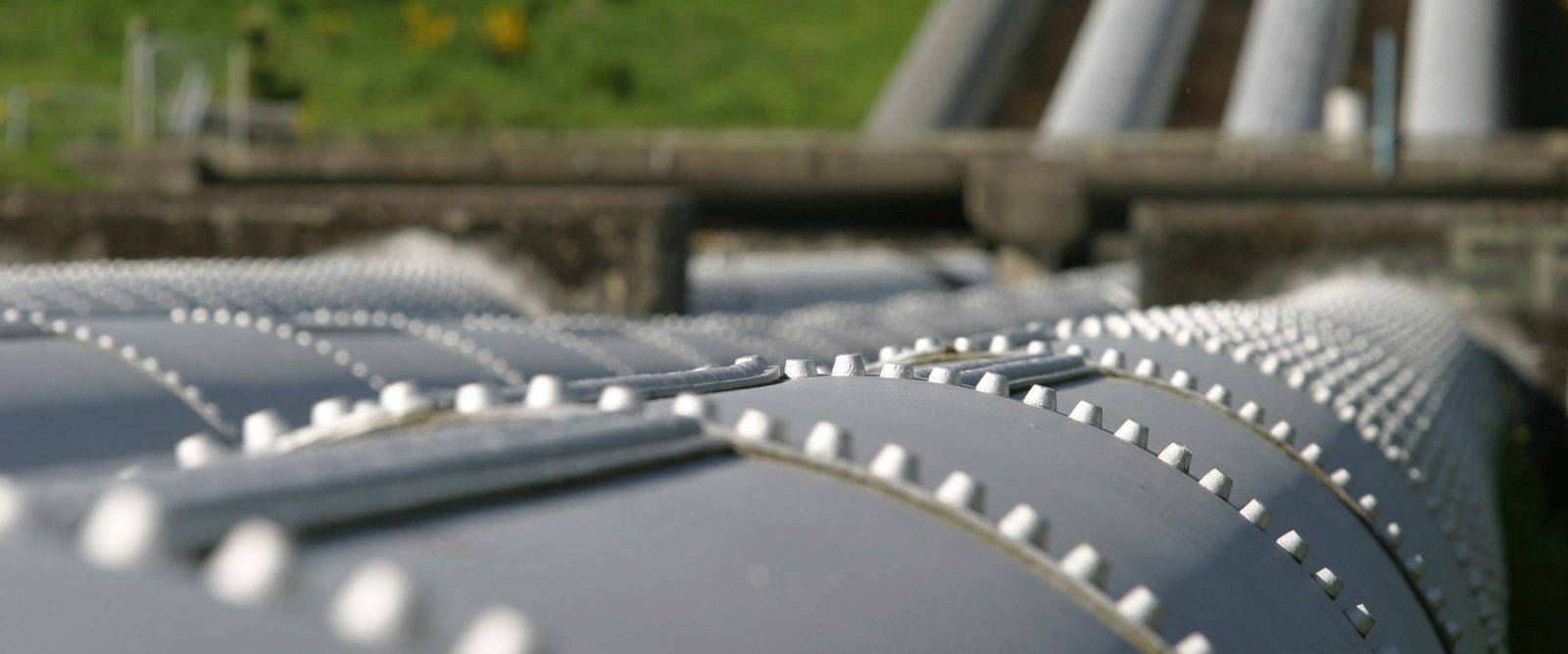
Barrier for river protection
The project was aimed at preventing the migration of a plume of organic compounds into a water body located near an industrial site in the Greater Campinas area.
An industrial site installed in an area of environmental complexity, in the Greater Campinas region, hired GEOKLOCK to design and implement a physical and hydraulic containment system aimed at:
- Safely preventing the migration of a plume of organic compounds to a water body located near the site;
- Minimizing treatment costs associated with water abstraction, since the hydraulic containment system would be installed at a critical distance from the water body.
The efforts started with the mathematical modeling of the flow and transport of organic pollutants, which was done by the GEOKLOCK team technical, using the VISUAL MODFLOW software program.
We used modelling data and the hydrogeological understanding reached during site investigation to develop the conceptual design of the barrier.
GEOKLOCK prepared the basic and detailed designs and implemented the containment system at the site. The primary engineering services provided are summarized next:
- Basic and detailed engineering design, including flowcharts, P&Ds [P&Ds], piping drawings, construction layout, equipment and instruments datasheets, one-line and three-line power diagrams, commands and automation, protection against atmospheric discharges [SPDA], materials lists, operation manual and project descriptive workbook;
- Total implementation schedule: 5 months;
- 315 soil-cement columns, of 1-meter diameter and up to 8 meters deep, with a total watertight area of 1000 m2;
- 154 meters of deep horizontal drains, of 6-inch diameter;
- Hydraulic monitoring system consisting of over 20 piezometers equipped with pressure transducers.
System startup was at the end of 2014. The effective containment of the plume of organic compounds was monitored and confirmed, and the system was approved by the environmental agency in charge of the area.
The physical containment was successful and was confirmed by analyses conducted at the end of the project, ensuring that the infrastructure available at the site was sufficient to treat the ground water collected by the system.

